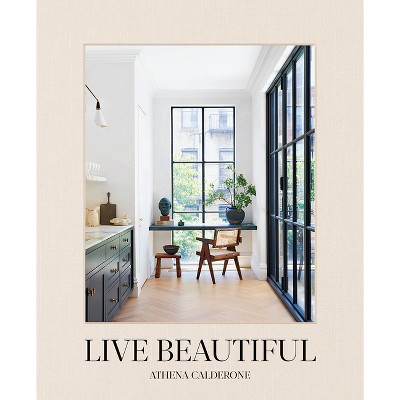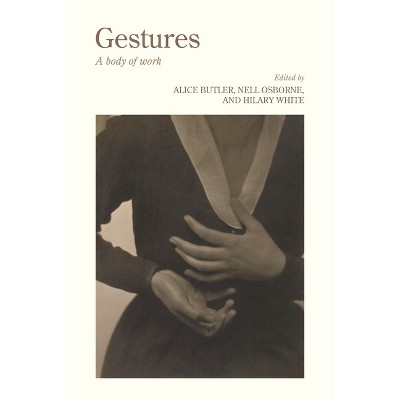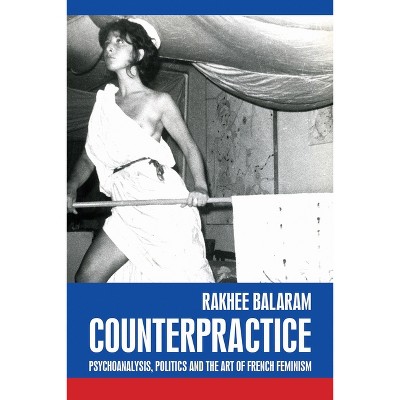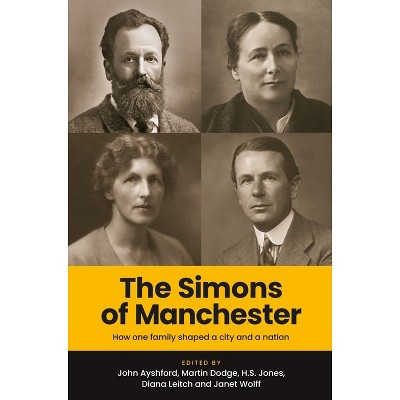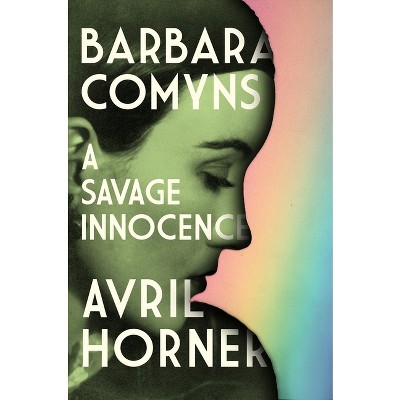$150.00 when purchased online
Target Online store #3991
About this item
Highlights
- Following the critical scepticism surrounding the notion of the 'self' as a singular entity during the 1960s, many artists and writers sought to test the apparent problem posed by autobiography as both a traditional genre and as a way of working.
- About the Author: Moran Sheleg is a Leverhulme Early Career Fellow at the University of East Anglia
- 334 Pages
- Art, History
Description
About the Book
This collection explores what Roland Barthes termed the 'autobiographical turn' in art, literature and critical theory since the mid-1960s. Through a variety of perspectives, it examines the relationship between work and life, notions of the 'self' and what autobiography might mean today.Book Synopsis
Following the critical scepticism surrounding the notion of the 'self' as a singular entity during the 1960s, many artists and writers sought to test the apparent problem posed by autobiography as both a traditional genre and as a way of working. Considering the consequent emergence of autotheory, Lifework traces this shift in artistic and literary production during the late twentieth century and beyond, examining a set of diverse practices that mine the line between what it is to make art and what it is to live life. The book's chapters connect a variety of artistic strategies that cut across medium, geography and time, uncovering how the historical marginalisation of first-person experience has taken on larger social, cultural and political implications in the contemporary moment and how the work of living might still relate to the work of art.From the Back Cover
What does 'lifework' mean? In his 1967 essay 'The Death of the Author', Roland Barthes described Marcel Proust's novel À la recherche du temps perdu as a form of 'lifework' that changed how autobiography would be written forever. Barthes's words would prove prophetic, as the following decades saw a return to this much-derided genre, albeit through a string of artistic transformations that challenged, interrogated, and reimagined the notion of the 'self'.
Offering a set of approaches spanning art history, literary theory, feminist, Black, trans, and queer studies, this book takes the work of art and the process of artmaking as starting points for examining what a 'lifework' might constitute and what it suggests about the relationship - both historical and contemporary - between life and work. Featuring artworks by Moyra Davey and Susan Morris, as well as examples of autotheory by Teresa Carmody and Marquis Bey, the book doubles as a space in which different forms of life-writing take place. With further contributions from Jo Applin, Lucy Bradnock, Alice Butler, Miguel de Baca, Rye Dag Holmboe, Margaret Iversen, Alistair Rider, Abi Shapiro, and Moran Sheleg, Lifework is a valuable resource that brings together a range of established and emerging voices.Review Quotes
'Lifework offers an inspiring intellectual history of the trends flagged by its title... [and] transforms the concept of selfhood into something meaningful once again.'
Burlington Magazine
About the Author
Moran Sheleg is a Leverhulme Early Career Fellow at the University of East AngliaDimensions (Overall): 9.4 Inches (H) x 6.69 Inches (W) x 1.06 Inches (D)
Weight: 1.99 Pounds
Suggested Age: 22 Years and Up
Sub-Genre: History
Genre: Art
Number of Pages: 334
Publisher: Manchester University Press
Theme: Contemporary (1945-)
Format: Hardcover
Author: Moran Sheleg
Language: English
Street Date: July 30, 2024
TCIN: 93904060
UPC: 9781526172471
Item Number (DPCI): 247-32-3692
Origin: Made in the USA or Imported
Shipping details
Estimated ship dimensions: 1.06 inches length x 6.69 inches width x 9.4 inches height
Estimated ship weight: 1.99 pounds
We regret that this item cannot be shipped to PO Boxes.
This item cannot be shipped to the following locations: American Samoa (see also separate entry under AS), Guam (see also separate entry under GU), Northern Mariana Islands, Puerto Rico (see also separate entry under PR), United States Minor Outlying Islands, Virgin Islands, U.S., APO/FPO
Return details
This item can be returned to any Target store or Target.com.
This item must be returned within 90 days of the date it was purchased in store, shipped, delivered by a Shipt shopper, or made ready for pickup.
See the return policy for complete information.
Trending Art, Photography & Design Books


$9.55
MSRP $14.99
Save $5 when you spend $25 on select books
3.2 out of 5 stars with 37 ratings

$10.17
MSRP $16.99
Save $5 when you spend $25 on select books
4.6 out of 5 stars with 11 ratings

